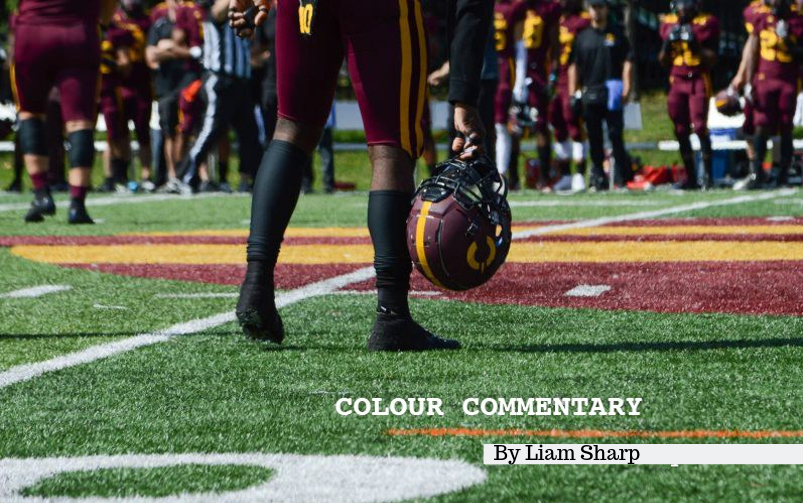Remember when the NBA’s biggest storylines during the off-season involved tampering, trade requests, and Lebron’s “Taco Tuesday” trademark denial? Now, America’s most progressive sports league faces its biggest challenge since the Donald Sterling scandals of 2014.
On Oct. 4, Houston Rockets GM Daryl Morey tweeted an image in support of the protests taking place in Hong Kong that read, “Fight for Freedom. Stand with Hong Kong.” Morey deleted the tweet shortly after but had failed in avoiding conflict with China.
The NBA’s initial statement acknowledged the tweet as offensive to Chinese friends and fans, but ultimately created more confusion as it failed in representing a definitive stance. On Oct. 8, NBA commissioner Adam Silver cleared the air when he specified the NBA would not regulate what its employees and owners say, supporting Morey’s right to freedom of expression.
In response, China Central Television, CCTV, showed immense dissatisfaction, saying “remarks that challenge national sovereignty and social stability are not within the scope of freedom of speech.” In addition, the company suspended all NBA broadcasting. Rights holder of the NBA in China, Tencent, blacklisted Daryl Morey and the Houston Rockets. Sponsors were forced to cut ties with the team and its players to avoid potential blowback.
The NBA-China rift is an ongoing process that is showing no signs of faltering. A single tweet derailed a Chinese partnership that generated millions in yearly revenue for the NBA, unequivocally one of its largest international markets.
The bottom line is prominent figures need to provide unsolicited content frequently to appease the public interests, often resulting in posts that are imprudent. Morey’s tweet shows the volatility a post can possess and stresses the importance of taking precaution when sharing online in a society that encourages spontaneity, with consumers who are obsessed with immediate satisfaction.
This notion was emphasized in the backlash received by coach of the Golden State Warriors, Steve Kerr, when he was asked about the topic. Kerr has been outspoken to the media on American political issues in the past but admitted he did not have enough knowledge to formulate an opinion on Chinese politics.
Kerr was criticized by fans and was called out by President Donald Trump in a hearing on Oct 9, who labelled Kerr a hypocrite that “was like a scared little boy”. The Warriors’ coach effectively showed self-awareness in wanting to think before he speaks, which is unfortunately an ostracized attitude in 2019.
